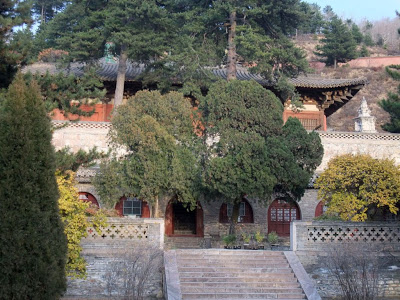
“Many of China’s ancient architectural treasures crumbled to dust before Lin Huiyin and Liang Sicheng began documenting them in the 1930s. In China, ancient structures were usually treated like any other buildings rather than being protected and studied, as they were in many Western countries. The husband and wife team were among the first preservationists to operate in China, and by far the best known. Their efforts have since inspired generations of people to speak out for architecture threatened by the rush toward development.
Becoming China’s premier architectural historians was no easy feat. The buildings they wanted to save were centuries old, often in shambles and located in distant parts of the country. In many cases, they had to journey through treacherous conditions in the Chinese countryside to reach them.
Exploring China’s outlying areas during the 1930s meant traveling muddy, poorly maintained roads by mule, rickshaw or on foot. This was a demanding undertaking both for Liang, who walked with a bad limp after a motorcycle accident as a young man, and Lin, who had tuberculosis for years. Inns were often squalid and lice-infested, food could be tainted, and there was always risk of violence from rebels, soldiers and bandits.”